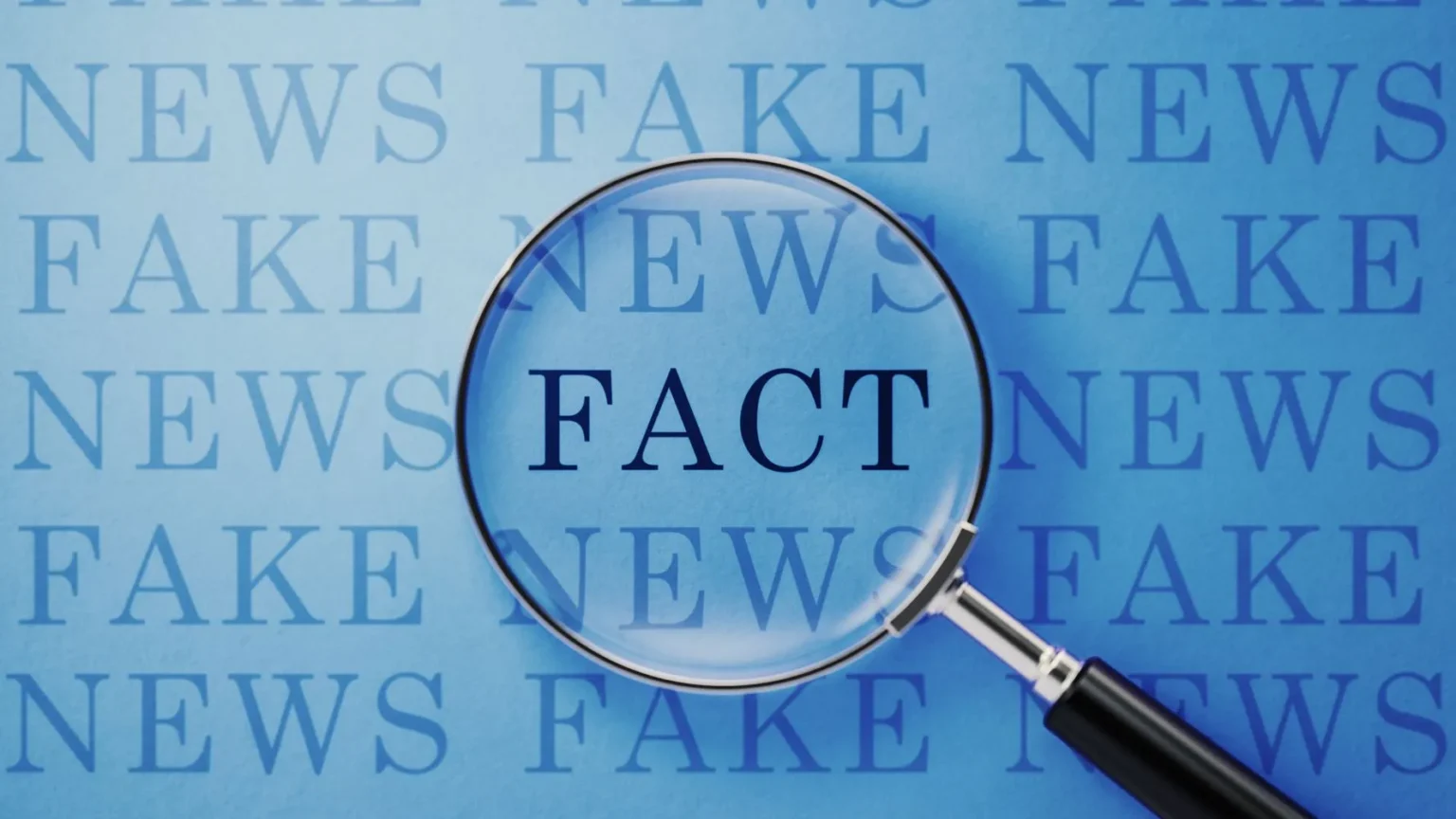Brazil’s Supreme Court has partnered with top social media platforms like YouTube, Meta, Google, Microsoft, Kwai, and TikTok.
They aim to curb misinformation by educating the public about its dangers and guiding them on what to believe and what to question.
Chief Justice Luís Roberto Barroso highlighted the need to protect free speech while fighting harmful misinformation.
This partnership, launched through the Supreme Court’s 2021 Anti-Misinformation Program, focuses on media literacy education.
It is said to aim to prevent what the Court sees as distortions that threaten democratic values.
Critics argue however, that it is merely censorship disguised as a necessary societal measure.


On May 28, 2024, the Brazilian Congress upheld former President Jair Bolsonaro’s veto against criminalizing fake news, or what is also called misinformation
This controversial decision sparked intense reactions and debates. The vote saw 317 deputies support the veto, while 139 opposed it.
The proposed legislation aimed to criminalize spreading fake news, with penalties of up to five years in prison.
Background – Brazil Takes Aim at Online Misinformation
Global “fake news” laws aimed at curbing misinformation have unintentionally threatened journalistic freedom and could impact the crucial 2024 elections.
These laws, intended to protect public discourse, might instead amplify risks, posing a significant challenge to media autonomy.
A study by the Center for News, Technology, and Innovation (CNTI) examined such legislation in 31 countries, from Ethiopia to the Philippines.
Researchers at CNTI, drawing on data from the Center for International Media Assistance, Lexota, and LupaMundi, evaluated 32 statutes.
They discovered that only seven statutes explicitly defined “fake news.”
Furthermore, 14 statutes permitted governmental control over this definition, whereas 18 lacked clear guidance, consequently rendering government oversight by default.
18 lacked clear guidance, consequently rendering government oversight by default.
